
#ISBE2026 Call for Abstracts is now open! Submit your abstract by 15 December 2025 on www.isbe2026.com
@behavecol.bsky.social
@ioansmart.bsky.social
Teaching fellow and Lecturer at Abertay University. Interested in behavioural and sensory ecology. Currently exploring virtual reality as a tool for examining camouflage. ____ Looking for postdoc position.

#ISBE2026 Call for Abstracts is now open! Submit your abstract by 15 December 2025 on www.isbe2026.com
@behavecol.bsky.social

White-winged choughs in Canberra, Australia - the bird species studied in the newly published work.
Interested in vocal #communication? How animals provide referential #information about danger? Then see our 🌟NEW🌟 paper by brilliant ANU #PhD student Chun-Chieh Liao out today in @asab.org Animal Behaviour. 🎉👏
#birds #choughs #fieldwork #ECR
With Rob Magrath and Rob Heinsohn
doi.org/10.1016/j.an...

A white-fronted bee-eater (Merops bullockoides) decides whether to consume a warningly colored white-barred acraea butterfly (Telchinia encedon). Photo (c) Mike Rowe
📢🦋 Our paper ‘Global selection on insect antipredator coloration’ is out and featured on the cover of @science.org
We ran a huge experiment to find out how ecological context favours camouflage and warning colouration as antipredator strategies. 1/6
www.science.org/doi/10.1126/...
Exciting news for #ASABWinter2025 !
🚨Abstract deadline extension for Sept 12 !!!!🚨

🚨Our new paper is out NOW in @jexpbiol.bsky.social 👀 Here we show that cuttlefish use visual contrast cues to inform their 3D camouflage, but these contrast cues can derive from true background features as well as exposure to dynamic lighting patterns. 🦑🔆
🔗 doi.org/10.1242/jeb....
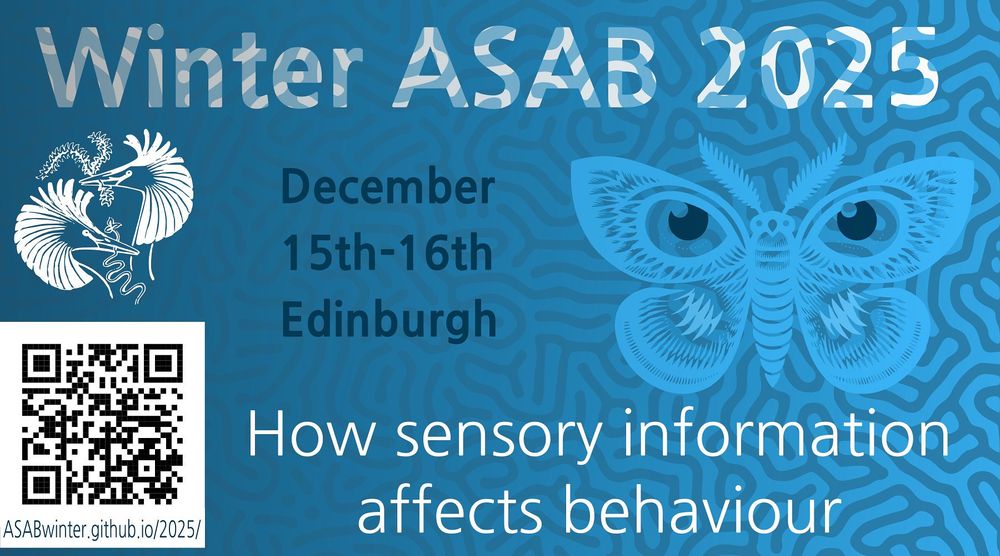
Winter ASAB 2025 December 15-16 Edinburgh How sensory information affects behaviour.
ICYMI : #ASABWinter2025 will take place from December 15-16, once again in lovely Edinburgh!
Registration is now open 🎉 Abstract submission deadline for posters and talks is August 29 🏃♀️🏃🏃♂️
More information here: asabwinter.github.io/2025/
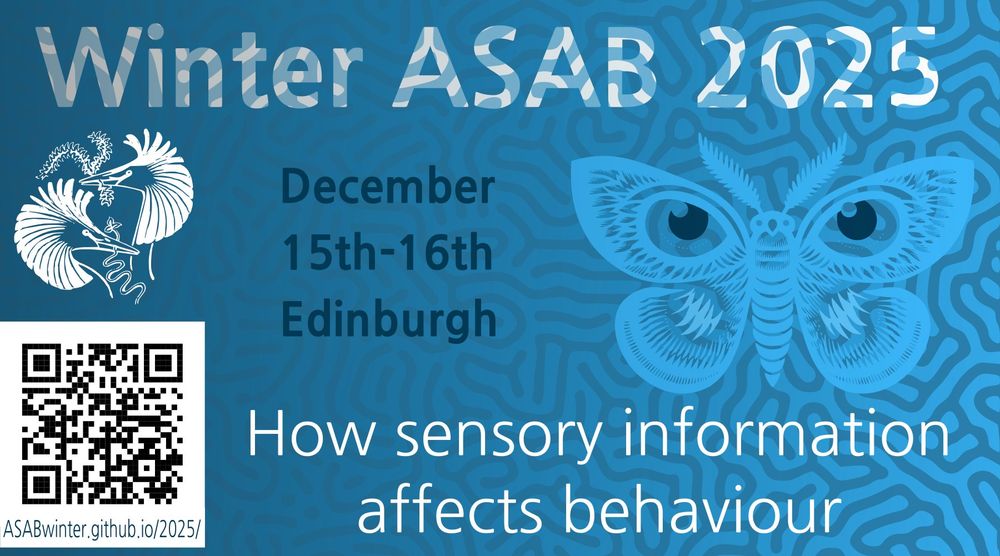
Winter ASAB 2025 - 15th-16th of December in Edinburgh - with a special theme of "How sensory information affects behaviour". Register at https://asabwinter.github.io/2025/ deadline for abstract submission 29th of August.
Winter ASAB @asab.org on *Sensory Ecology* register and submit your abstracts now (abstract deadline just a month away)!
I'm organising the conference this year with @lauraakelley.bsky.social and Innes Cuthill
Register & get more info here: asabwinter.github.io/2025/
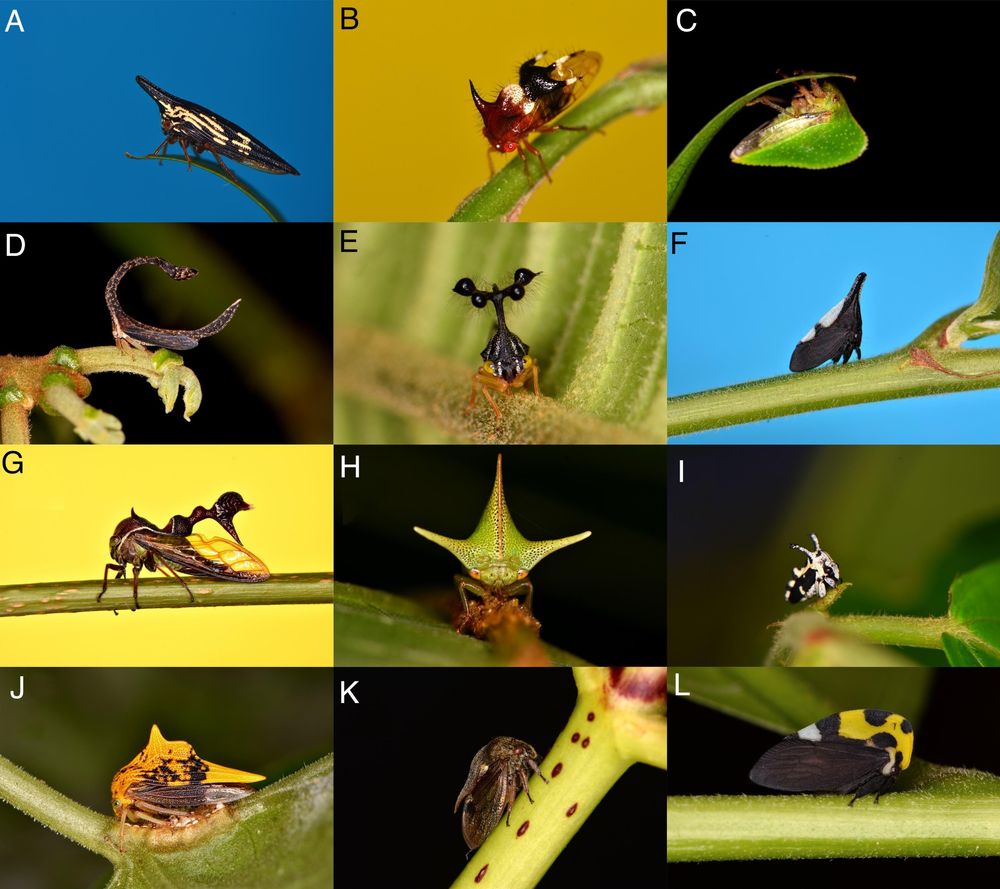
Why do treehoppers look so weird?! Our latest paper, out this week in @pnas.org, suggests a perhaps unexpected reason - static electricity ⚡ We show that treehoppers can detect the electrostatic cues of predators and that their crazy shapes may boost their electrosensitivity! doi.org/10.1073/pnas...
24.07.2025 11:41 — 👍 412 🔁 166 💬 13 📌 38
🔴New #trumpetfish content!🔴 This species is colour #polymorphic so we dove (pun intended) into how the relative abundance and saliency of each morph influences the #behaviour of their prey. Find out more via the link below! 🎺🐠
🔗 tinyurl.com/39vn5skp #behavioralecology
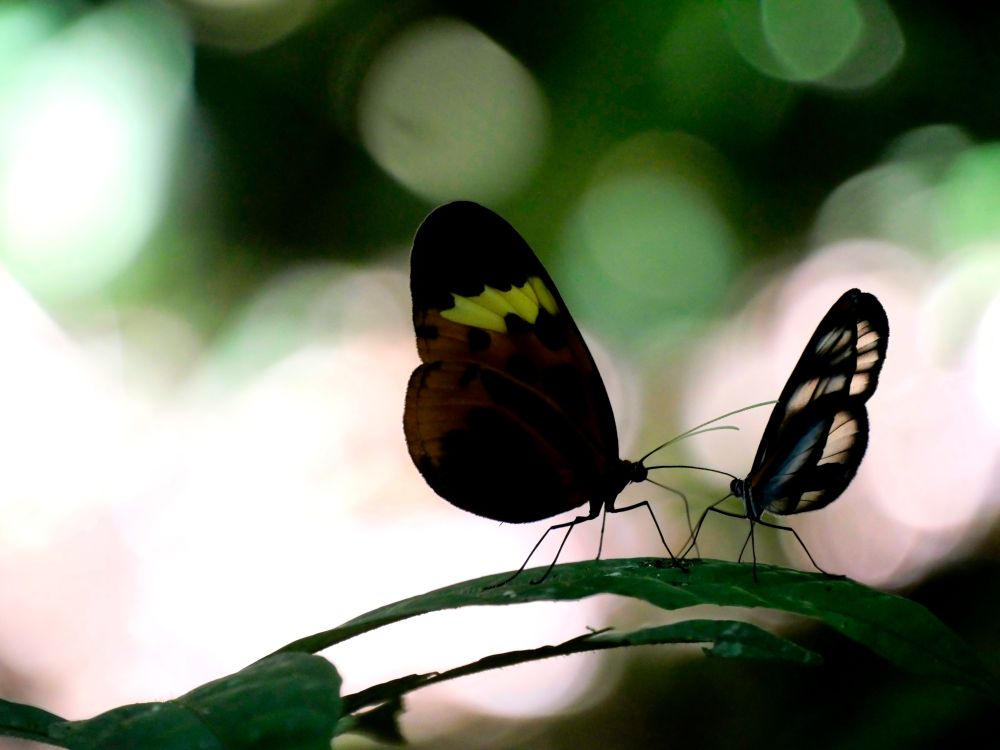
So very excited for the magnum opus of my #PhD to finally be out in @pnas.org. 🎉🎉 We demosntrate that mutualistic co-mimicking tropical butterflies not only converge in light microhabitat but, as a consequence, have also converged in visual system morphology! 1/n😀
www.pnas.org/doi/abs/10.1...

🚨 New paper alert! 👀 In our new opinion piece in TREE @cp-trendsecolevo.bsky.social, we propose #cephalopods as model systems to investigate the link between tactical #deception and #cognition in animals 🐙🦑🪄✨🧠
Read the paper here:
🔗 www.cell.com/trends/ecolo...

Was great to be involved in such an interesting paper, now published in @ecol-evol.bsky.social!
dx.doi.org/10.1002/ece3...
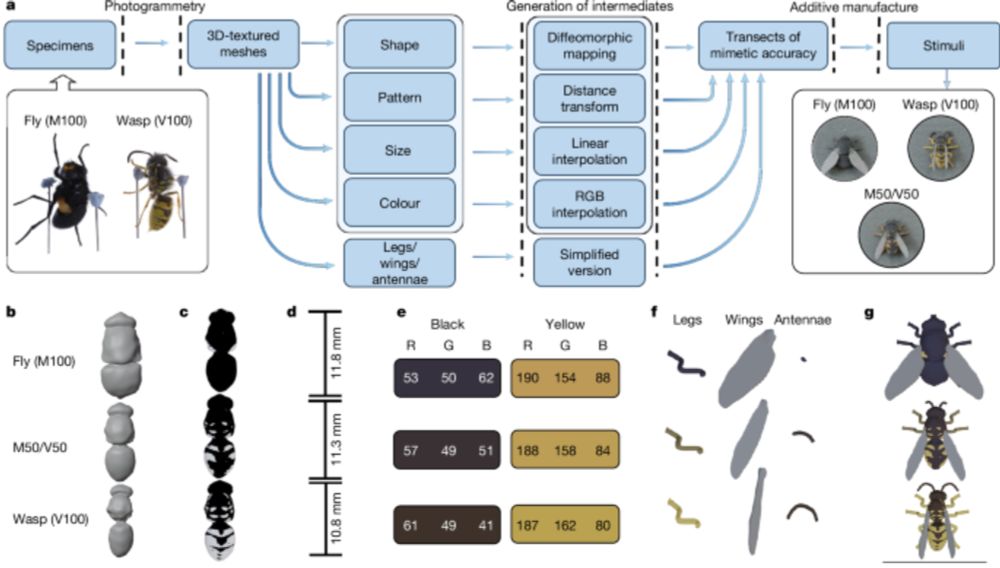
Why do imperfect mimics (such as many hoverflies) exist? We created 3D printed replicas of flies, wasps and our own custom intermediates and then "asked" various predators what they thought of our 3D stimuli. Read all about it here: www.nature.com/articles/s41...
02.07.2025 18:31 — 👍 40 🔁 17 💬 2 📌 1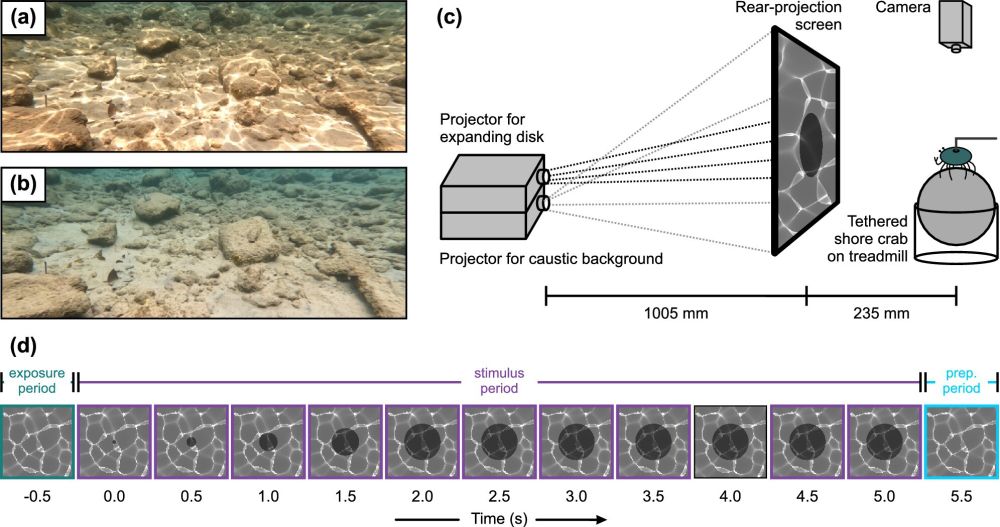
🚨Our new paper is out NOW in @ecol-evol.bsky.social 👀 Here we show that prior exposure to dynamic illumination can have a persisting effect on the visual perception of 🦀, reducing their ability to detect predators even after the dynamic illumination has ended.
onlinelibrary.wiley.com/doi/10.1002/...
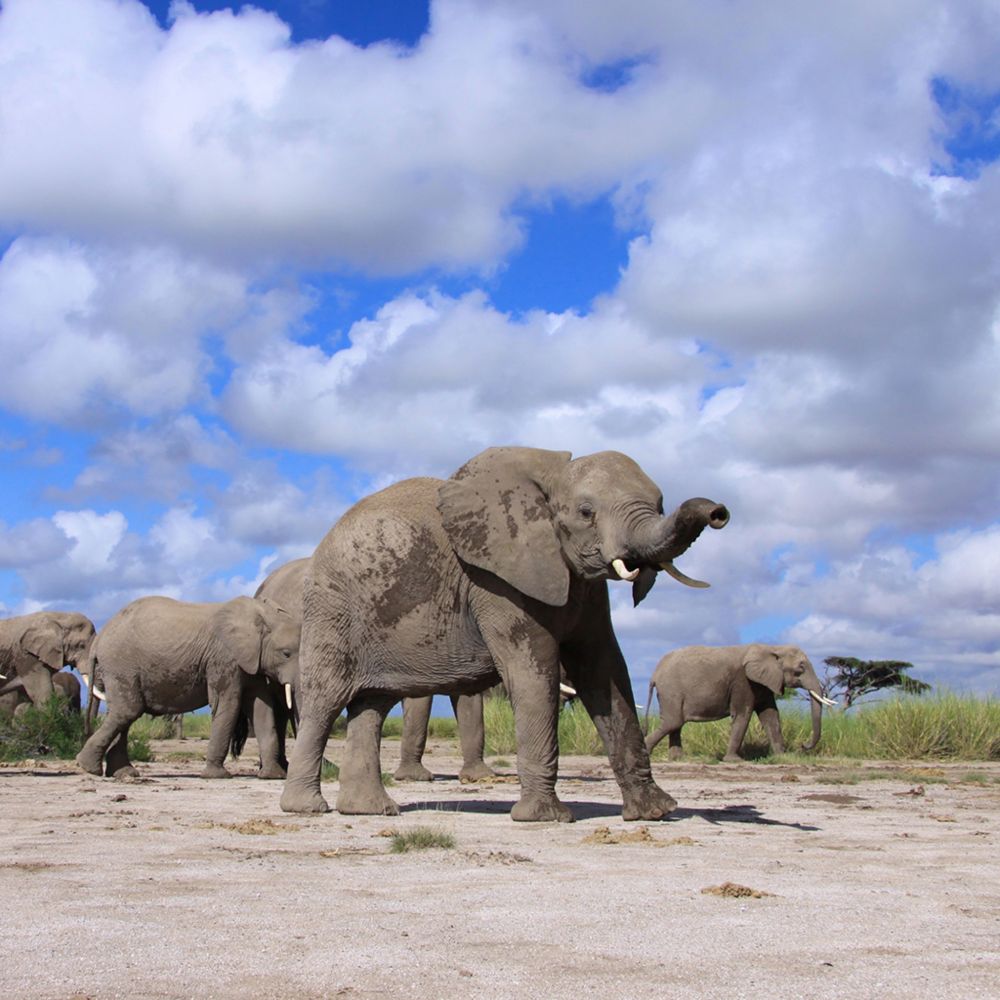
The flexibility of social learning and its conservation implications in mammals & beyond.
New paper, led by Josh Arbon with fab collaborators Neil Jordan & @neeltjeboogert.bsky.social.
doi.org/10.1098/rstb.2024.0136
@uniexecec.bsky.social @bristolbiosci.bsky.social @royalsocietypublishing.org
Fantastic time at #ASABSpring2025! Some great talks, posters and fascinating discussions. Thanks @asab.org Looking forward to the Winter conference already!
26.04.2025 16:06 — 👍 2 🔁 0 💬 0 📌 0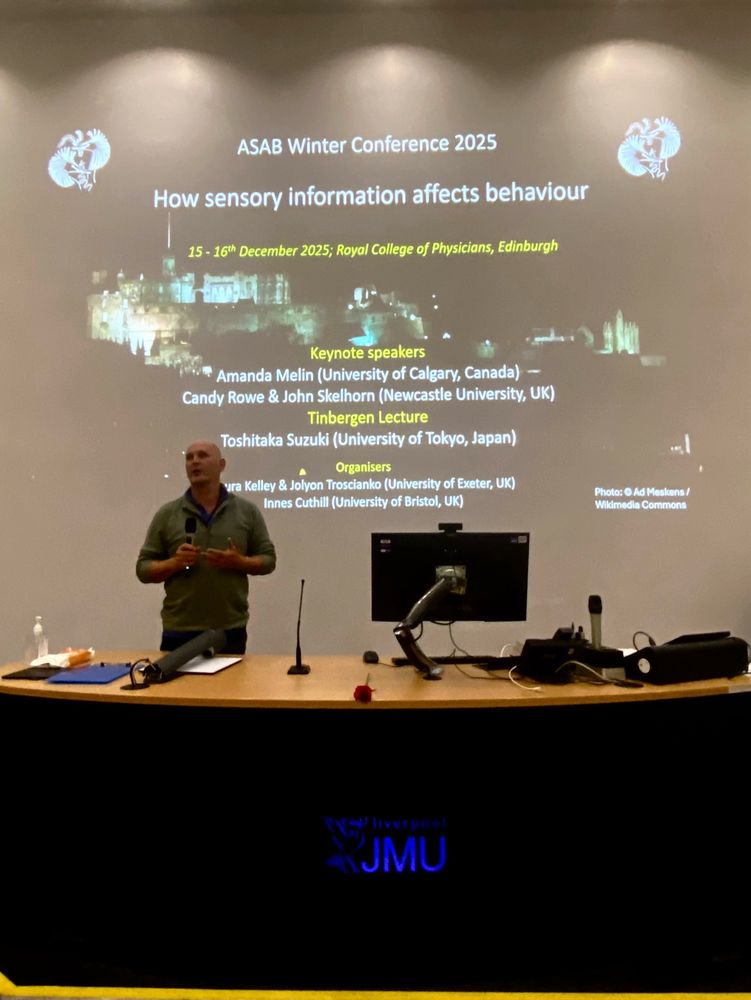
Jo madden in front of a slide reading “ASAB Winter Conference 2025 How sensory information affects behaviour 15 - 16* December 2025; Royal College of Physicians, Edinburgh Keynote speakers * Amanda Melin (University of Calgary, Canada) - Candy Rowe & John Skelhorn (Newcastle University, UK) Tinbergen Lecture Toshitaka Suzuki (University of Tokyo, Japan) Organisers Laura Kelley & Jolyon Troscianko (University of Exeter, UK) Innes Cuthill (University of Bristol, UK)”
I know you’re all sad #ASABSpring2025 is over, but you can put the #ASABWinter2025 dates in your diary: Dec 15-16 in Edinburgh 🏴
Theme is “How sensory information affects behaviour”

Super excited to be hearing about and discussing science for the next couple of days in Liverpool #ASABSpring2025
24.04.2025 10:00 — 👍 7 🔁 2 💬 0 📌 0
It's out! Read about how to combine advanced animal vision modelling and colour pattern analysis with comparative phylogenetic methods in arguably some of the most incredible critters in the ocean: doi.org/10.1111/1365....
Amazing work with amazing people! #colsci #micaToolbox #AnimalEcology

🍃New preprint alert!!🍃(maybe I'll start using this app more from now on 😂). Excited for my first piece of katydidling to be released into the wild. Feedback and comments, as always, are very welcome! @uniofstandrews.bsky.social 😊 1/n www.biorxiv.org/content/10.1...
10.04.2025 18:46 — 👍 9 🔁 6 💬 1 📌 0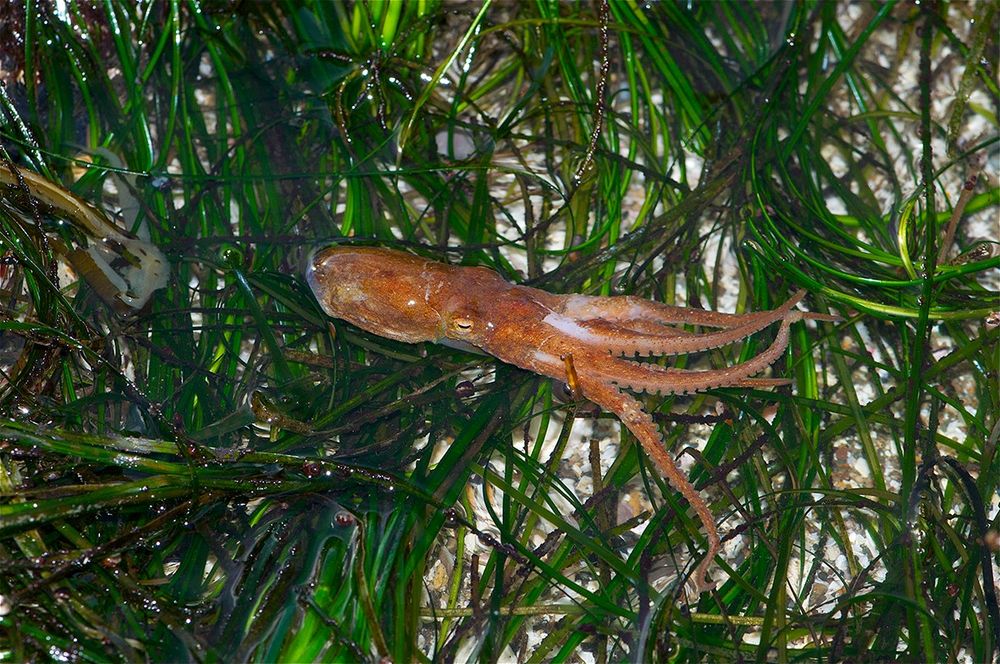
A California two-spot octopus amongst some seaweed. Photo credit: Jerry Kirkhart, CC BY 2.0 via Wikimedia Commons.
The arms of an octopus are multifunctional and they can even sense light. Chang & Hale recently showed that when light hits the skin of the arm, it sends a signal all the way to their brain suggesting this feature might help camouflage themselves
journals.biologists.com/jeb/article/...
🧵1/2

The poison frog Ameerega bilinguis jumping to escape a simulated predator. The frog is blurred as it jumps. The frog is red with yellow spots at the base of its limbs. The background is a pile of brown leaves.
We have a new paper on mimicry and behaviour in poison frogs out now in @jevbio.bsky.social 🧪🌎
The non-toxic mimic Allobates zaparo mimics the bold behaviour of the poisonous Ameerega bilinguis, but is more likely to jump before physical contact from a predator
academic.oup.com/jeb/advance-...
In our latest paper, we describe how the passing-stripe hunting display of the broadclub cuttlefish camouflages the hunting predator during the final moments of the attack.
Read more here www.science.org/doi/10.1126/...
@drmartinjhow.bsky.social @jtroscianko.bsky.social @bristolbiosci.bsky.social

moth being attracted to a streetlight
Just a few days left to sign up for our light pollution & insect declines workshop - FREE registration & meals - deadline for registration March 21st, and deadline for expert scan suggestions 22nd.
www.visual-ecology.com/events/

📰Published📰
Animal transparency: How should we define form & function?
🧪🌎
fesummaries.wordpress.com/2025/01/31/a...
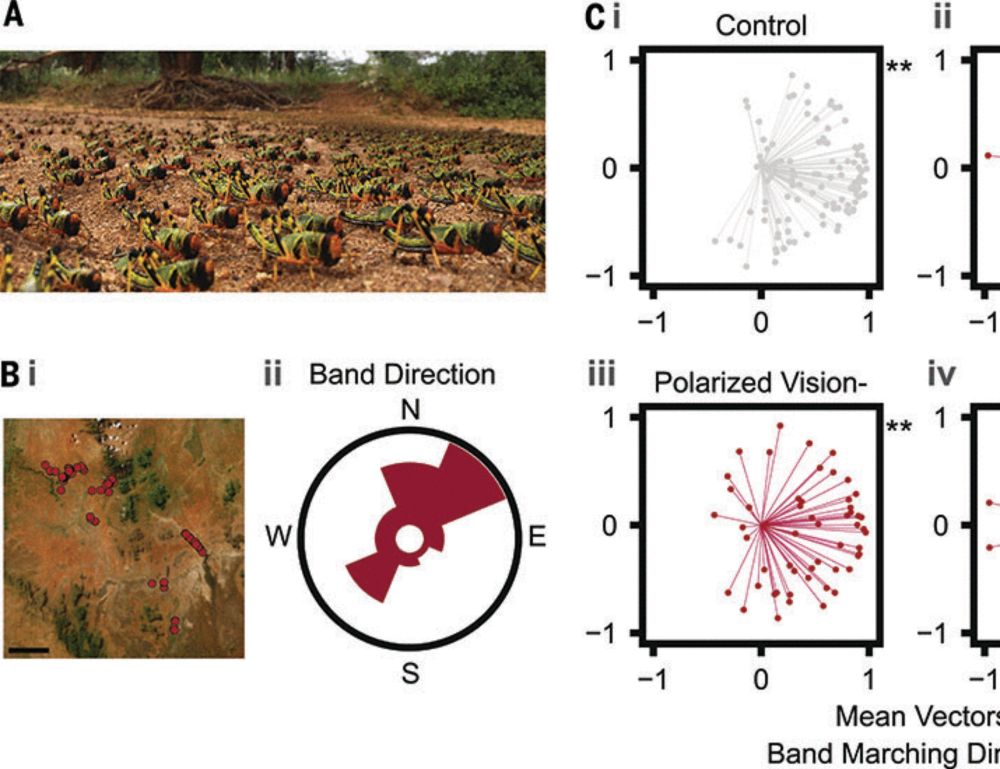
Scientists use VR + lab + field study to rewrite the rules of locust swarming 🦗🦗
Latest @science.org from first author @sercansayin.bsky.social and #Konstanz team ⬇️
@einatcouzin.bsky.social @icouzin.bsky.social @cbehav.bsky.social @uni-konstanz.de
www.science.org/doi/10.1126/...
Check out these amazing cuttlefish. Stealth hunting taken to the extreme!!!
19.02.2025 17:05 — 👍 5 🔁 1 💬 0 📌 0
Velvet ants with and without conspicuous spots.
All (female) velvet ants are badass, but why do some species have conspicuous spots on their metasoma? New paper led by Vinicius Marques Lopez out today looks into this: doi.org/10.1002/ece3...
31.01.2025 09:37 — 👍 4 🔁 1 💬 0 📌 0
Hyperspectral Imager paper out! High sensitivity UV to nearIR, full-field panoramas, radiance & reflectance, runs from a smartphone. Build the system for about $450 from 3D printed parts & off-the-shelf components.
Paper: doi.org/10.1186/s129...
Intro video: www.youtube.com/watch?v=9q8l...

swaRmverse logo
Fully-funded PhD: Comparative analysis of collective behaviour in natural and artificial systems.
Supervised by Andrew King and myself at Swansea University, @rjpheathcote.bsky.social (Oxford) and Marina Papadopoulou (Tuscia).
Come fly in the swaRmverse!
www.swansea.ac.uk/postgraduate...